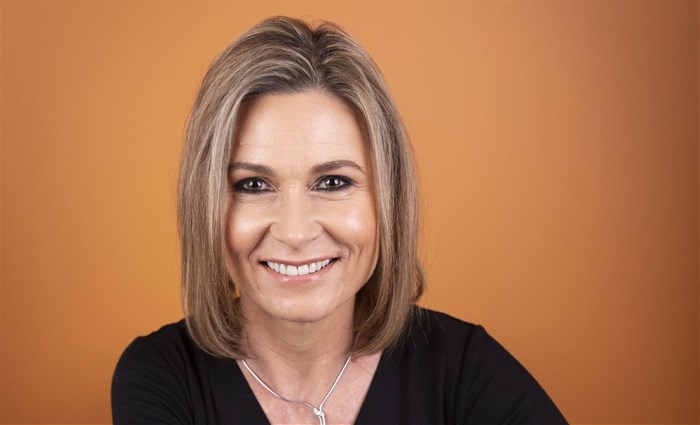Embrace equity: 4 ways to close the workforce gender gap

The good news is, according to the World Economic Forum’s (WEF) Global Gender Gap Report, the gap has actually been closed by 68%. But despite this progress, it will still take 132 years to achieve full parity. Worse still, according to data from the same report heading into 2020 (pre-pandemic), the gap was set to close within 100 years.
Shrinking gender gaps
However, some key measurables show progress is being made around the world, including sub-Saharan Africa. The WEF’s report finds that although no country has yet achieved full gender parity, the top 10 economies have closed at least 80% of their gender gaps, with Iceland (90.8%) leading the global ranking and serving as the only economy to have closed more than 90% of its gap. Other Scandinavian countries such as Finland (86%, 2nd), Norway (84.5%, 3rd), and Sweden (82.2%, 5th) are in the top 5, along with one country from East Asia and the Pacific, New Zealand (84.1%) ranking 4th.
Sub-Saharan African countries Rwanda (81.1%, 6th) and Namibia (80.7%, 8th) are also in the top 10 around the world, along with South Africa ranking third in the region (78.2%) and 20th overall in the global rankings. Burundi (77.7%) and Mozambique (75.2%) are 4th and 5th in the region, respectively, with Cape Verde, Madagascar, Zimbabwe, Kenya and Eswatini making up the remaining top 10 countries in sub-Saharan Africa.
So close, yet so far
On the workforce front, gender gaps continue to be driven and impacted by many factors, including long-standing structural barriers, socioeconomic and technological transformation, as well as economic shocks. More women have been moving into paid work and, increasingly, leadership positions, yet globally societal expectations, employer policies, the legal environment, and the availability of child and elder care continue to impact the educational tracks and career trajectories women choose. And the fallout from the pandemic continues to disproportionately affect women as more companies engage in belt-tightening to weather any potential financial storm.
Data from ManpowerGroup’s 2023 Workforce Trends report, The New Human Age, backs this up as 20% of women said the pandemic has made them want more security about their future – more important than a role reflecting their passion or values. A quarter of women (25%) are anxious about changing jobs now due to economic uncertainty, and 1 in 3 women believe the current economic climate is a direct threat to their job.
While incremental progress is still progress, it’s not enough. A broad coalition of employers needs to step up and make a difference. Here are some ways to help women overcome the barriers to entry, advancement, pay inequity, and more:
1. Own your numbers and measure your progress
When asked what women want at work, they were more likely than men to say equality in the workplace, regardless of age, race, or gender.
Be accountable for making measurable progress and tracking representation, hiring, and promotion outcomes.
2. Repair your management pipeline
Only 19% of women report having a clear career path mapped out for them with their supervisors or organisations.
Set a goal to get more women into first-level management, making it easier for more women to rise to senior leadership in your organisation.
3. Grow and develop your female talent
The New Human Age revealed less than half of women believe their employer encourages upskilling or training, and more than 40% say their manager does not recognise their skills or potential.
Help employees develop both technical and soft skills, identify adjacent skill sets for new roles, and demonstrate how short bursts of training can accelerate people from one job to the next.
4. Provide what women want
Women are more likely to value flexibility in locations and hours, including the option to work a compressed four-day week and time off for mental health/well-being days. Flexibility is so important to women that The New Human Age data found 35% of women would trade 5% of their salary for a four-day week.
Gender equity is not just a women's issue; it's a human issue. While progress has been made in recent years, there is still a long way to go to achieve gender equity in the workplace. By encouraging diversity and inclusion, providing support for work-life balance, addressing unconscious bias, ensuring pay equity, and providing leadership opportunities, organisations can help women thrive in the workplace and achieve their full potential.
















